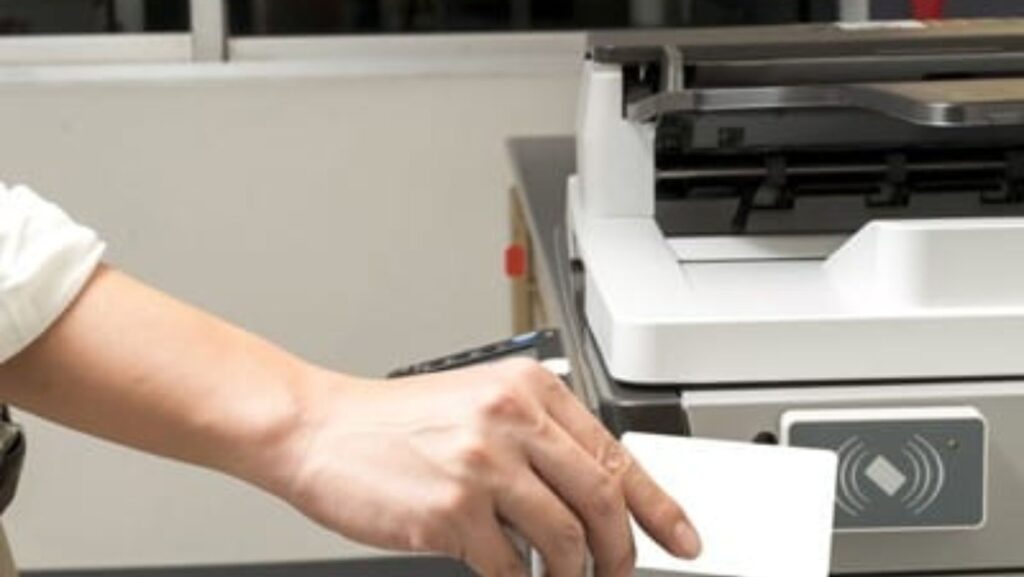Gone are the days when pin-coded and contact cards were all the rage and all that you used. Now, MIFARE cards have gained equal popularity, if not more. They are the new contactless cards that you may have already been using for various purposes and can even use for your business and other security reasons.
Don’t know what they are? Put your reading glasses on and read along as we cover everything from the ABCs to the XYZs of MIFARE cards, from the basics and uses to their types.
Understanding the Basics – What are MIFARE Cards?
Simply put, MIFARE cards are contactless smart cards you can use that can serve their purpose without you having to slide them through a card reader or insert them in a machine. How so?
Well, MIFARE cards, developed by NXP Semiconductor, make the best use of RFID (Radio Frequency Identification) technology and operate at a 13.56 MHz frequency so you can make payments, get access, and prove your identity anywhere and anytime. That’s because these cards rely on wireless communication, so as long as your MIFARE card is close to some card reader or you can tap it, you are good to use it! Thanks to the logic circuit and antenna present in it.
What are All the Places Where MIFARE Cards Are Used?
MIFARE cards, given that they don’t rely on traditional contact-based card reading, are used by many people and businesses like you and yours in different settings. Here are all the places where you can use them:
Public Transportation
If you want to see the benefits of quick tap-and-go payments in action, use MIFARE cards in public transport. That’s where many people use it when they need to pay for bus rides, subways, or trains.
Access Control
If you want to ensure no unauthorised people make it inside a certain vicinity, you can use MIFARE cards. Many offices, schools, and government or high-risk buildings use MIFARE cards as ID badges for this very purpose: controlling access.
Payment Systems
Your MIFARE card can also serve as a digital wallet that you can use to buy things and make payments in school or your office.

Many organisations issue and use them for this purpose.
Event Ticketing
Ever heard of digital tickets? That’s what your MIFARE card can act like if you or your sports event or some concert organiser uses it to streamline the entry.
Loyalty Programs
If you are running a business and looking for ways to up the ante of your employee or customer loyalty program, MIFARE cards can help you add unmatched efficiency. They make managing these programs easy for various businesses.
Different Types of MIFARE Cards
With its many uses, there isn’t just one type of MIFARE card, but quite a few. Here are three of the most popular types with their specs and how you can use them:
|
Type |
MIFARE Classic |
MIFARE Plus |
MIFARE DESFire |
|
Memory |
Comes in 1 KB OR 4 KB variant. |
Comes in 2 KB, 4 KB, OR 8 KB memory variants. |
Comes in 2 KB, 4 KB, OR 8 KB variants. |
|
Security |
Basic |
Moderate (It supports AES Encryption.) |
High (It supports different and multiple encryption algorithms.) |
|
Use |
Offers basic encryption capability so it’s ideal for less sensitive use cases but not ideal for handling sensitive data. |
Best for more advanced security needs in transport systems. |
Best for complex systems that call for high security. |
Conclusion
MIFARE cards have truly changed the face of card communication.

Now that you have gotten a thorough idea about MIFARE cards, want to use them and reap some benefits? Get yours supplied by Identity People to make sure you only get your hands on the original stuff!


More Stories
How To Analyse And Update Your Business Coverage Plans
What is Game Aggregation?
Small Business Survival Tactics for Thriving in Recessions